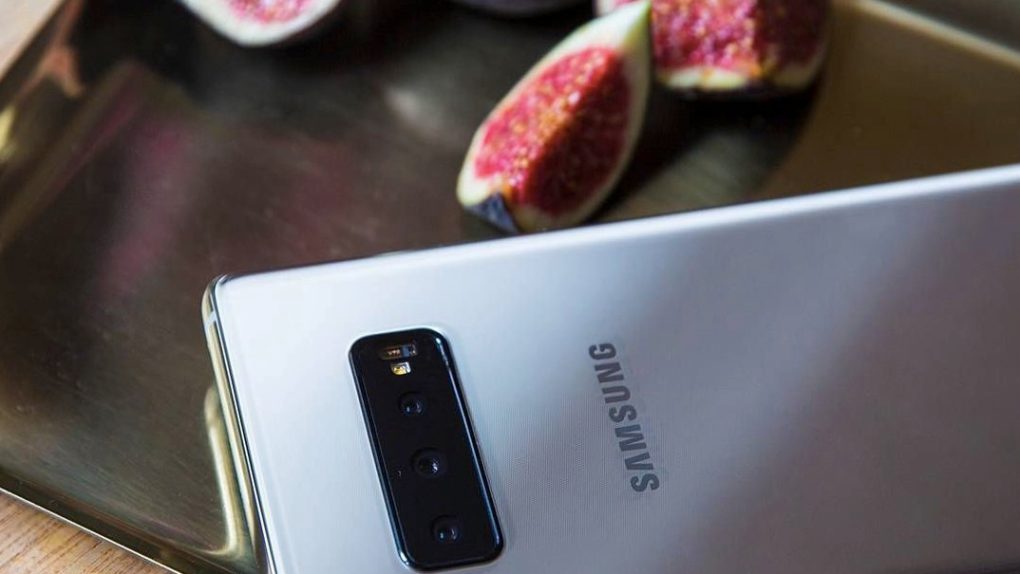Much like with the iPhone X notch design, which Samsung did not copy, the Korean smartphone vendor has not made use of in-display fingerprint sensors so far. Many of its competitors, meanwhile, adopted both Apple’s notch as well as the new fingerprint-sensing technology, and some of them combined the two in the same handset. Samsung, meanwhile, is rumored to introduce an improved version of in-display fingerprint sensors with the Galaxy S10, but the next flagship won’t be the first Samsung phone to pack new sensors.
Reports going back to early 2017 said that Samsung was developing the technology for its own Galaxy flagships, but Samsung launched several Galaxy S and Note models since then, all of them having a conventional fingerprint sensor on the back. Early 2018 brought us the first smartphones to feature in-display fingerprint sensors, with multiple such devices launching in the second half of the year. High-end phones from Huawei and OnePlus already feature the technology.
These devices, however, have optical sensors under the display, but Samsung is rumored to adopt an ultrasound fingerprint sensor that would not require a direct line of sight through the screen to the fingerprint. Instead, the sensor would bounce sound waves off the ridges of a fingerprint to authenticate users, and the method is expected to work even better than optical sensors.
While in previous years Samsung would unveil smartphone innovations with the help of the next Galaxy S or Note model, that’s no longer the case for the electronics manufacturer. All of the Galaxy S10’s signature features will be available on mid-range Samsung phones well ahead of the Galaxy S10’s arrival, and the in-display fingerprint sensor won’t be an exception.
Galaxy A10,UDFS.
— 萌萌的电教 (@MMDDJ_) December 21, 2018
The upcoming Galaxy A10 phone will feature an in-display fingerprint sensor, a leaker said on Twitter a few days ago. If it turns to be accurate, the A10 will become the first Samsung phone to offer the new biometrics sensor. It’s unclear at this time whether the A10’s sensor will be the ultrasonic or optical variety, although it’s not unreasonable to expect Samsung to keep the more expensive ultrasonic sensor for flagship phones, and use an optical one for mid-range handsets.
The last three phones from the Galaxy A series, including the A7, the A9, and A8s, brought us triple-lens, quad-lens rear cameras, and the Infinity-O display, respectively. The Galaxy S10 phones are all expected to pack multi-lens cameras on the back and Infinity-O screens.
That said, it’s unclear when the Galaxy A10 will be launched or what other novel features if any, it’ll have to offer.








